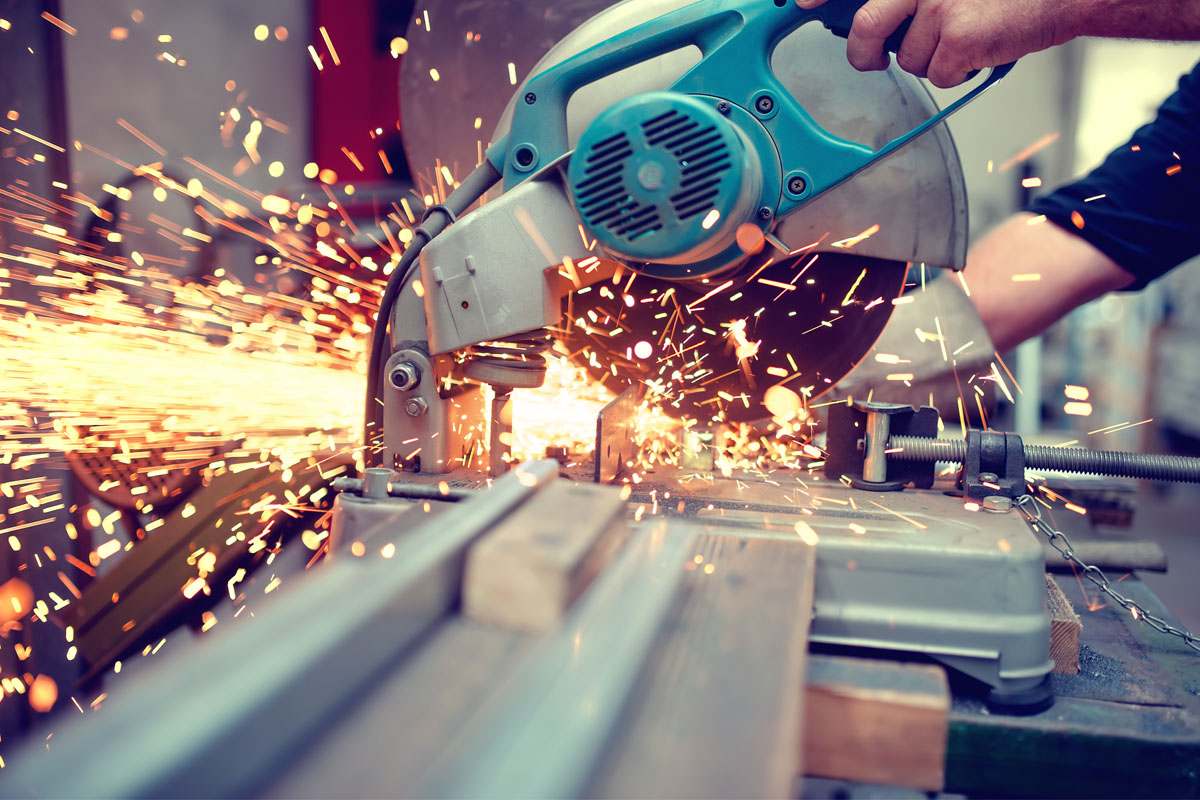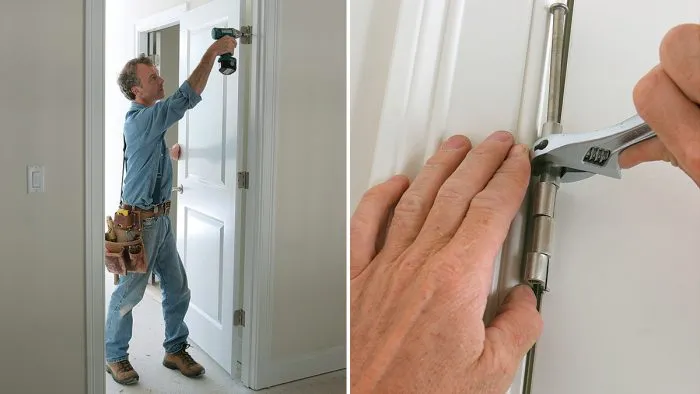Introduction
Welcome to the ultimate guide on cutting steel rods. Whether you’re a seasoned professional or a DIY enthusiast, mastering the art of cutting steel rods is an essential skill. In this comprehensive guide, we’ll delve into the various techniques, tools, and safety measures required for precise and efficient steel rod cutting.
Understanding Steel Rods
Before we embark on the cutting techniques, it’s crucial to understand the different types of steel rods available in the market. Steel rods come in various grades, each designed for specific purposes. From mild steel to stainless steel, knowing the properties of the material you’re working with is fundamental to achieving optimal results.
Essential Tools for Steel Rod Cutting
Cutting Tools
Investing in the right cutting tools is the first step towards successful steel rod cutting. Angle grinders, hacksaws, and reciprocating saws are popular choices. Consider the thickness of the steel rod when selecting your cutting tool.
Safety Gear
Safety should always be a top priority. Equip yourself with safety gear such as gloves, safety glasses, and ear protection. Additionally, a well-ventilated workspace is essential to minimize exposure to steel dust and fumes.
Techniques for Cutting Steel Rods
Angle Grinder Mastery
Angle grinders are versatile and powerful tools for cutting steel rods. Attach a cutting wheel suitable for steel, secure the steel rod, and make precise cuts by guiding the grinder along the marked lines. Remember to wear appropriate safety gear and follow the manufacturer’s guidelines.
Hacksaw Precision
For smaller projects or intricate cuts, a hacksaw is a reliable choice. Use a fine-toothed blade and apply steady pressure while maintaining a straight line. Lubricating the blade with cutting oil enhances efficiency and prolongs the blade’s life.
Reciprocating Saw Efficiency
When dealing with larger steel rods, a reciprocating saw is your go-to tool. Equipped with the right metal-cutting blade, a reciprocating saw can swiftly cut through thick steel rods. Ensure proper blade installation and let the saw do the work with minimal force on your part.
Tips for Optimal Results
Marking and Measuring
Before cutting, take the time to mark and measure accurately. Precision is key in achieving clean and straight cuts. Use a scribe or marker to mark the cutting lines, ensuring they are clearly visible.
Proper Blade Maintenance
Maintaining your cutting tools is essential for longevity and optimal performance. Regularly inspect and replace worn-out blades. For angle grinders, follow a routine of cleaning and oiling to prevent rust and ensure smooth operation.
Safety First: Precautions for Steel Rod Cutting
Ventilation
Steel cutting produces dust and fumes that can be hazardous to health. Work in a well-ventilated area or use proper extraction systems to minimize exposure.
Secure Work Area
Stability is crucial when cutting steel rods. Secure the steel rod in a stable position to prevent accidents or injuries. Consider clamps or other stabilizing tools for larger projects.
Conclusion
Mastering the art of cutting steel rods opens up a world of possibilities for various projects. Armed with the right tools, techniques, and safety measures, you can achieve precise and clean cuts every time. Remember to choose the appropriate tool for the task at hand and prioritize safety throughout the process.




